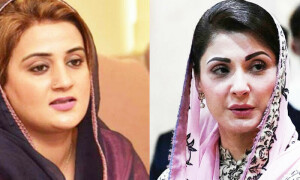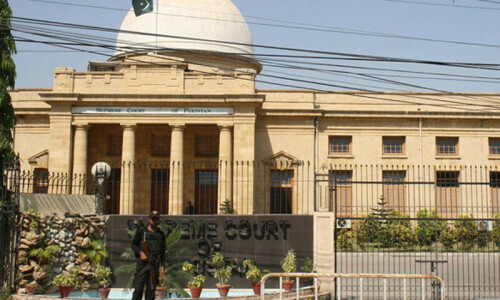THE government needs to carefully consider the determination by Ogra that a new round of gas price increases is required. The trade-offs involved are powerful and the decision requires careful consideration. The price increase is being sought mainly to help meet the costs of the two gas distribution companies, unlike instances when capital costs and future investment plans were also part of the proposed price hike. So long as the price hike is not entertained, both companies — the SSGC and SNGPL — will have reason to argue that they are operating under severe liquidity constraints, and their line ministry will be burdened with all manner of complaints, such as rising line losses due to lack of maintenance and poor recoveries. On the other hand, if the price hike is entertained expeditiously, it will drive inflation at a time when the monthly average is already rising faster than expected. The burden on the common citizenry is already very high; further increases in inflation will also negatively impact the interest rate environment at a time when the business community is keenly anticipating a rate cut before the summer of 2020.
The trade-off is there not only in the case of gas but also power prices, where the government is being urged by its donors to move more decisively to cut the circular debt, principally by passing the cost of this onto the consumers through the tariff. Much of the donor funding hangs in the balance as the government weighs its options. The decision is an important one and it must be informed by as diverse a set of interests as possible before it is notified. It would be a mistake to leave this up to the finance ministry alone, since it is more likely to take a narrow view of the matter, with the fiscal balance and the foreign exchange reserves as primary drivers of the decision. The impact on the larger citizenry and the economy needs to be factored in as well. It will be argued by the finance team that there are few alternatives beyond simple tariff hikes in both cases — gas and power — but somebody in the room needs to point out that the inefficiencies of the public distribution companies are at the heart of the problem, and that cost should not be passed onto consumers. How the government approaches this issue will reveal much about the quality of its decision-making while under pressure.
Published in Dawn, December 21st, 2019











































Dear visitor, the comments section is undergoing an overhaul and will return soon.